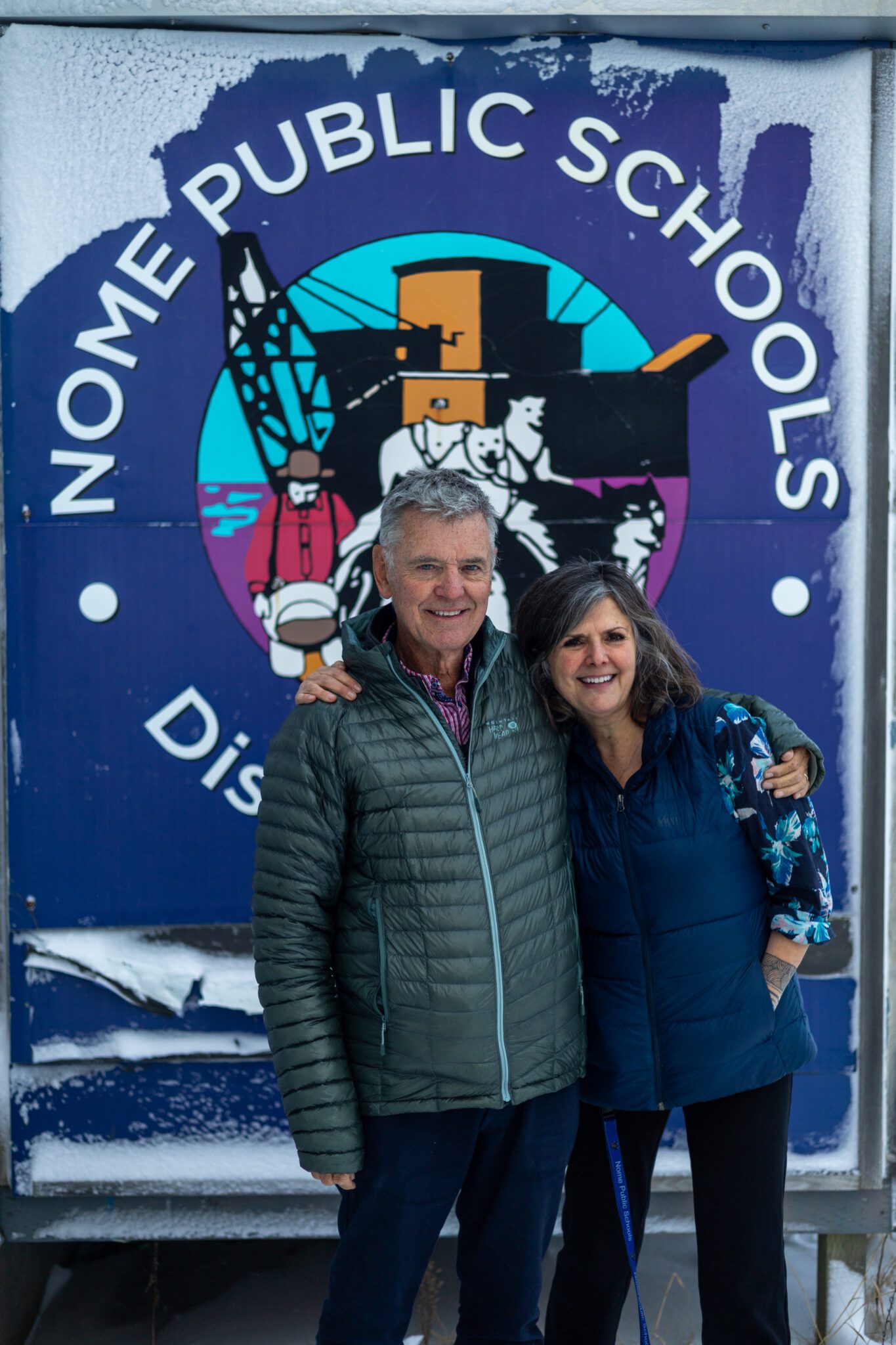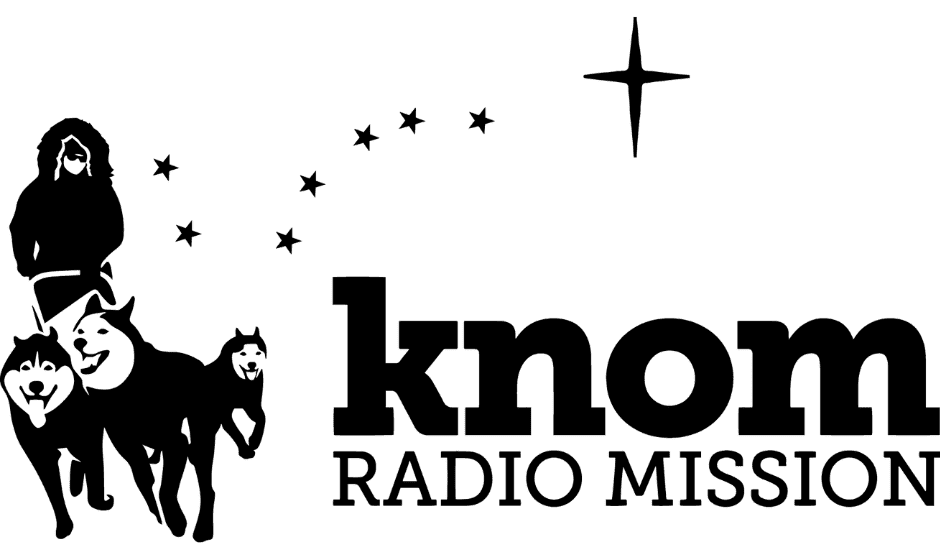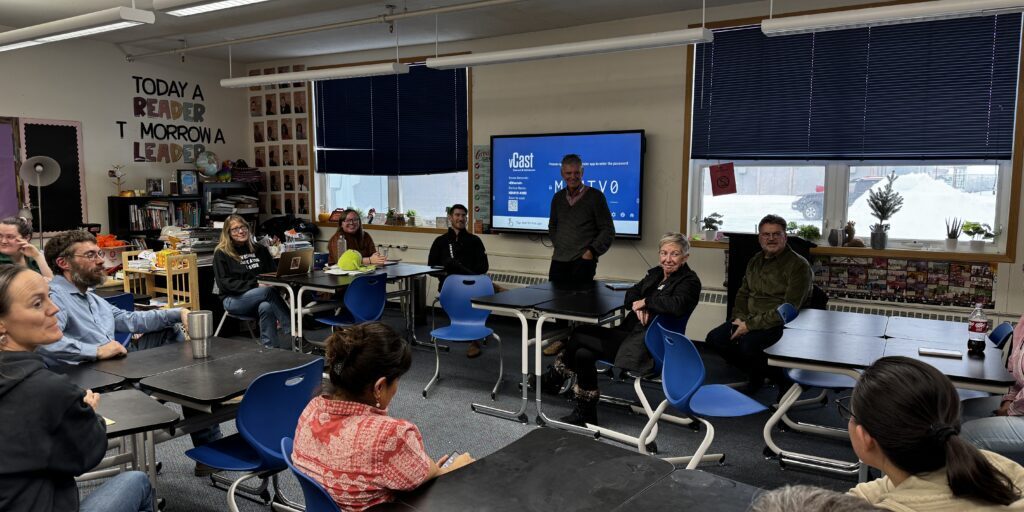A grant-funded initiative is asking teachers to rethink how they approach learning, thanks to a new instructional model pioneered by Australia-based-academic John Hattie. He stopped by Nome last week for a site visit of Nome Public Schools' three campuses, which began implementing the Visible Learning model at the start of the year.
“We are much less interested in how teachers teach, we're much more interested in the impact of their teaching," Hattie explained of his model. "That's a massive mind shift for many teachers."
Joining Nome Public Schools in a statewide initiative is the Bering Strait, Craig, Kodiak, Kuspuk, Petersburg, and Nenana school districts. The rural school systems encompass 6,000 students, over half of whom are Alaska Native.
The three-year, federally funded initiative, “Raising The Bar for Rural Alaska Educators”, includes performance based incentives for teachers too. Each district plans to implement the plans by May of next year.
Nome Public Schools Superintendent, Jamie Burgess, said the districts regularly meet to discuss what’s working- and what’s not.
“It's a lot more powerful sometimes to have partners working together on a grant, even though we know that all of our schools and our settings are still different. The idea is that we're not alone," Burgess said.

According to Hattie, the Visible Learning model is the product of 40 years of research gathered from over 300 million students. It focuses on a wide range of influences that affect student outcomes, like taking notes or setting goals. His findings rank these influences, paving the way for educators to focus on the ones that matter most.
Hattie said his analysis found that time spent on teachers, not students, made the biggest difference.
“The highest impact of anything is when teachers get together at the end of school and work together on evaluating their impact,” Hattie said. “It has the biggest impact on the kids, and the kids aren't even in the room.”
But Visible Learning isn’t without its critics. Teachers say they don’t have time to add meetings to their already-overflowing schedules. And researchers say his one-size-fits-all approach is too simple. Still, he argued that the data backs him up.
“I know people get upset with my work from this, we find it very, very hard to find a student variable that makes a difference. What works best, works best with all kids,” Hattie said.
This is actually the initiative’s second year using the teaching method, with the first dedicated to planning. In the initiative’s third and final year the districts will evaluate whether or not to continue with Visible Learning after the grant funding dries up.




